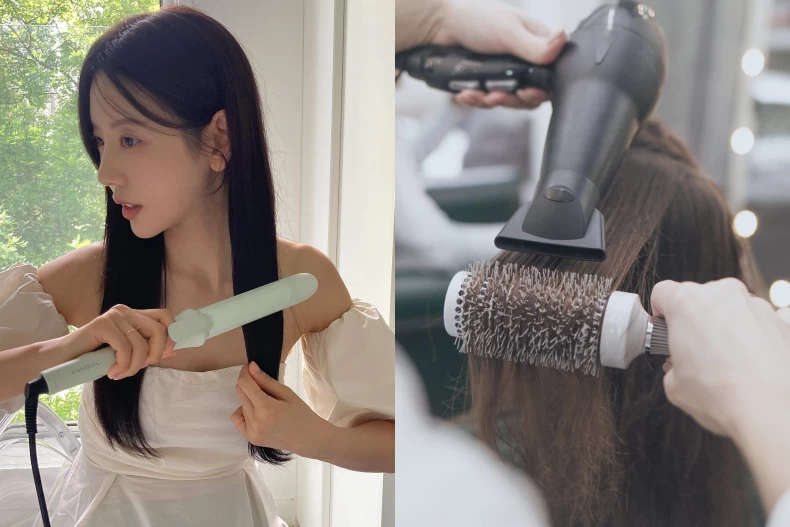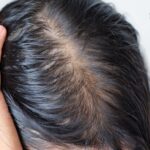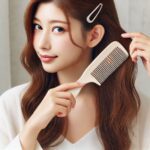Don’t worry too much about a receding hairline; it’s not an irreversible problem. With proper scalp and hair care techniques, you can slow down hair loss and even promote hair growth. If you’re concerned about your hairline moving back, here are five secrets to “save” your hair before it’s too late.
1. Avoid Tight Hairstyles
As many women know, pulling your hair back tightly into a ponytail, braid, or bun can put pressure on your scalp and pull your hairline back. This constant tension on the scalp can hinder nutrient absorption and damage the hair follicles, affecting hair growth and even leading to permanent hair loss. Unless necessary, opt for loose hairstyles or low ponytails, giving your scalp and hair some much-needed relaxation.

2. Minimize Exposure to High Heat and Chemicals

Frequent hair dyeing, perming, or straightening, as well as the long-term use of high-heat styling tools, can strip moisture from your hair, making it brittle and prone to breakage. Over time, this can impact the integrity of your hairline. Regular exposure to hot air can also damage hair follicles and affect hair growth. Opt for lower temperature settings on your hairdryer and maintain a distance of about 15-20 cm. Additionally, try to avoid changing your hair color too often, as hair dyes can irritate the scalp and, over time, cause follicle shrinkage or necrosis.
3. Scalp Massage

Scalp massages are not only relaxing for your body and mind but also beneficial for slowing down hairline recession. Proper massage techniques can stimulate inactive hair follicles, improve local blood circulation, enhance oxygen supply and nutrient absorption, leading to increased hair density and a stabilized hairline. Massaging your scalp also relieves stress and effectively soothes scalp tension, ensuring the normal function of hair follicles.
4. Avoid Daily Shampooing

Over-cleansing strips the natural oils from your scalp and hair, leading to dryness. While there’s no standard answer for how often you should shampoo, you can adjust the frequency based on your scalp condition and hair quality. For dry scalps, shampoo every two to three days. For oily scalps, daily shampooing is fine during summer, but you can reduce it to every other day in fall and winter.
5. Develop a Healthy Shampooing Routine

In addition to the frequency of shampooing, it’s crucial to develop a healthy routine to slow down hairline recession. Choose gentle shampoos free from silicones or excessive chemicals to minimize scalp irritation. Avoid very hot water, as it can strip away the scalp’s natural oils, leading to drier hair. During shampooing, gently massage your scalp with your fingertips to relieve tension and maintain healthy hair follicles.






































